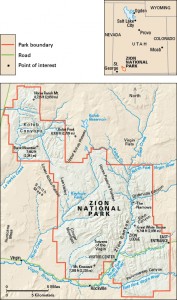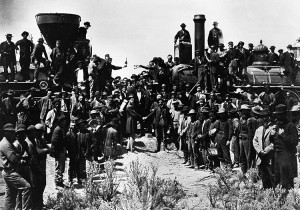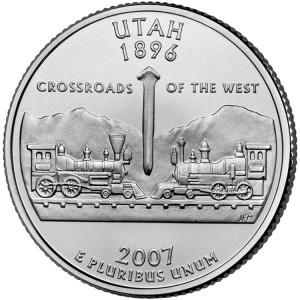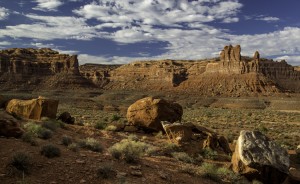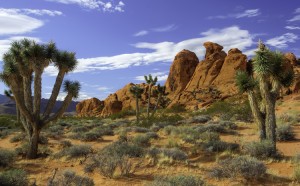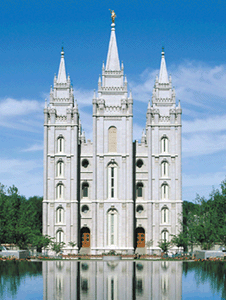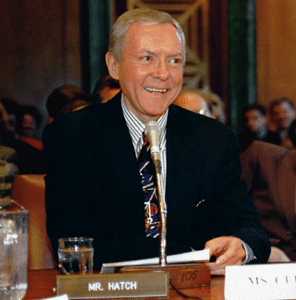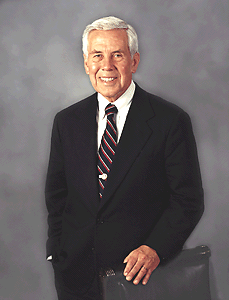Zion National Park 100
Monday, November 18th, 2019November 18, 2019
Tomorrow, November 19, marks the 100th anniversary of the founding of Zion National Park in southwestern Utah in 1919. The park covers nearly 150,000 acres (60,000 hectares) and has many colorful canyons, some of which are extremely narrow and have steep, plunging walls. The Zion National Park Forever Project’s “We the Keepers” centennial campaign included a benefit performance featuring the rock artist Sting and the Utah Symphony. A centennial film also encouraged the park’s 4.3 million annual visitors to care for Zion’s delicate habitat.
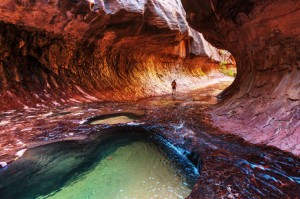
A hiker splashes through a fork of the Virgin River in the Narrows, a popular site within Zion National Park. Credit: © Galyna Andrushko, Shutterstock
Zion Canyon is the main feature of the park. It is about 10 miles (16 kilometers) long and from ½ mile (0.8 kilometer) to less than 50 feet (15 meters) wide. Its walls tower as high as 3,000 feet (910 meters), in some places almost straight up and down. Rock formations at Zion National Park range in color from dark red and orange to light purple and pink. These colors change continuously as the light changes. Wild plants and such animals as mule deer and bats flourish there.
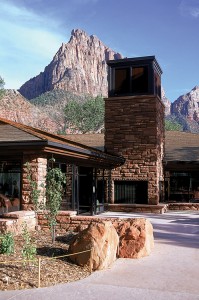
Steep cliffs rise behind the visitor center at Zion National Park. Credit: National Renewable Energy Laboratory
The park was originally set aside in 1909 as Mukuntuweap National Monument. In 1918, the park was enlarged, and in 1919 it became Zion National Park. Zion National Monument, a vast area of rugged land adjoining the park, was added in 1956.

